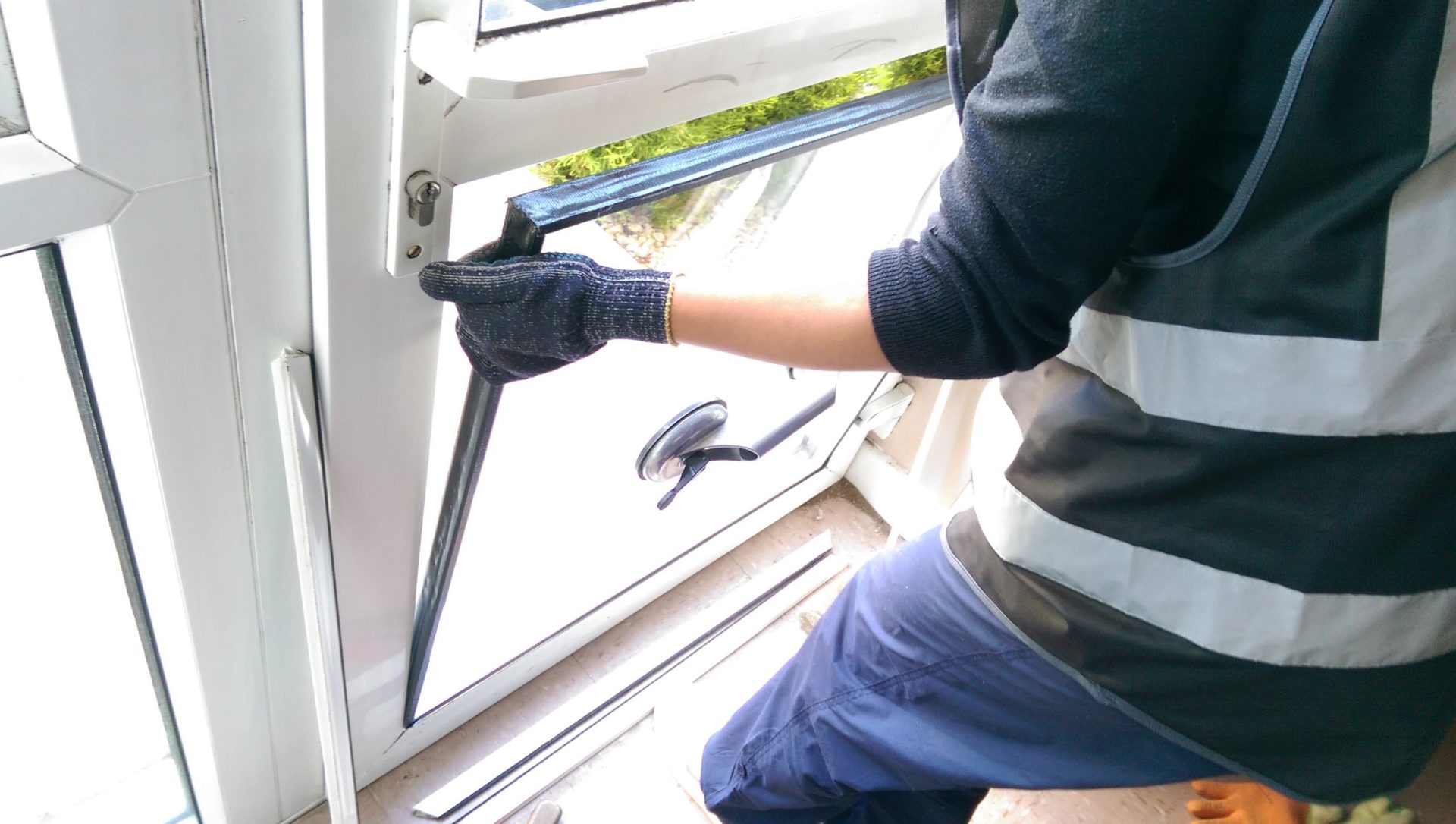10 Things Everyone Gets Wrong About The Word “Energy-Efficient Windows.”
Energy-Efficient Windows: An Overview
In recent years, the need for energy-efficient windows has risen, driven by increasing energy costs, increased environmental awareness, and the desire for improved comfort in homes and industrial structures. Energy-efficient windows are developed to reduce energy intake, improve thermal comfort, and lower greenhouse gas emissions. This thorough guide will explore the features, advantages, and numerous types of energy-efficient windows offered in the market.
Comprehending Energy-Efficient Windows
Energy-efficient windows are specially crafted to minimize energy loss while maximizing natural light and aesthetic appeals. Repair My Windows And Doors attain these goals through a combination of innovations that improve insulation, reduce air infiltration, and reflect or take in solar heat.
Secret Components of Energy-Efficient Windows:
Frame Materials: The product of the window frame significantly impacts its energy performance. Typical materials consist of:
- Vinyl: Excellent thermal efficiency and low upkeep.
- Wood: Natural insulator however needs regular upkeep.
- Aluminum: Durable however less effective unless thermally broken.
- Fiberglass: High resilience and energy efficiency, often utilized in high-end applications.
Glazing: The type of glazing (or glass) used is a vital factor:
- Single Glazing: Least efficient; allows substantial heat transfer.
- Double Glazing: Two panes of glass with a space in between, considerably enhancing insulation.
- Triple Glazing: Three panes of glass; offers the very best efficiency but at a higher cost.
Low-E Coatings: Low-emissivity coatings are thin layers used to glass that reflect heat back into a structure throughout winter season while deflecting solar heat in summer season. This function can significantly minimize heating and cooling expenses.
Gas Fills: Argon or krypton gas is frequently utilized to fill the areas between the panes of double and triple-glazed windows, supplying it with extra insulation properties.
Warm Edge Spacers: These are products used to separate the panes of glass. Warm-edge spacers assist reduce thermal bridging and enhance overall window performance.
Advantages of Energy-Efficient Windows
The advantages of setting up energy-efficient windows in a building are considerable, both economically and ecologically.
Economic Benefits:
- Lower Energy Bills: By minimizing the quantity of heat lost during winter season and heat gained in summer, energy-efficient windows can cause significant cost savings in cooling and heating costs.
- Increased Property Value: Homes with energy-efficient upgrades may have a higher resale value. Numerous buyers actively look for out energy-efficient functions.
- Tax Credits and Rebates: Many regions offer financial incentives for house owners who upgrade to energy-efficient windows, making them more budget-friendly.
Environmental Benefits:
- Reduced Carbon Footprint: By decreasing energy usage, energy-efficient windows add to a decrease in greenhouse gas emissions.
- Improved Indoor Air Quality: Better insulated homes typically show a decrease in drafts and moisture problems, which can result in healthier living environments.
Convenience Benefits:
- Consistent Indoor Temperature: Energy-efficient windows help keep a steadier indoor temperature level, lowering cold spots near windows and eliminating overheating.
- UV Protection: Many energy-efficient windows can block harmful UV rays, protecting furniture and floor covering from fading.
Kinds Of Energy-Efficient Windows
Selecting the ideal type of energy-efficient window will depend on numerous elements such as environment, building style, and spending plan. Below are some typically used types:
Window Type
Description
Best For
Casement Windows
Hinged on one side, these windows open outwards, using excellent ventilation and airtightness.
Areas needing good airflow
Double-Hung Windows
Features 2 operable sashes that move up and down. They permit for versatile ventilation and are easy to clean.
Traditional-style homes
Moving Windows
These windows move open horizontally, making them easy to run and ideal for those who have limited area.
Locations with limited space
Photo Windows
Set windows that do closed, making the most of views and natural light, typically paired with adjustable windows for ventilation.
Living spaces, dining locations
Bay and Bow Windows
Extended windows that create a rack or nook, including architectural appeal and increased sunshine.
Family spaces, breakfast nooks
Choosing the Right Energy-Efficient Window
When picking energy-efficient windows, house owners ought to think about the following aspects:
- Local Climate: Different locations have different climate needs. For example, homes in the northern U.S. may benefit from windows that retain heat, whereas southern homes may need windows that show heat.
- Window Orientation: The instructions that windows face can affect energy efficiency. South-facing windows may take advantage of solar heat gain in winter season, while north-facing windows might require more insulation.
- Efficiency Ratings: Look for windows with a good Energy Star rating, which licenses them as reliable in offering energy performance.
Regularly Asked Questions (FAQs)
What is the difference in between energy-efficient and standard windows?Energy-efficient windows are designed with special products and technologies that boost insulation and minimize energy loss, whereas basic windows might do not have these functions, leading to higher energy intake.
How can I tell if my windows are energy-efficient?Try to find indicators such as Low-E finishes, multiple panes of glass (double or triple glazing), and a good energy efficiency score (like Energy Star).
Are energy-efficient windows worth the investment?Yes, while they may have a greater upfront expense, energy-efficient windows typically conserve property owners cash on energy bills and minimize carbon emissions in time.
Can I install energy-efficient windows myself?While some house owners might tackle window setup as a DIY project, expert setup is typically recommended to guarantee appropriate sealing and insulation.
For how long will energy-efficient windows last?With correct upkeep, energy-efficient windows can last 20 to 30 years, making them a long-lasting investment for your home.
Energy-efficient windows offer various benefits, including lower energy costs, enhanced comfort, and reduced environmental effect. By understanding their features, advantages, and the various types readily available, property owners can make educated decisions that contribute not just to their own convenience however also to a more sustainable future. Purchasing energy-efficient windows is not simply a smart option for your wallet; it is a significant action towards developing a greener and more efficient global environment.
